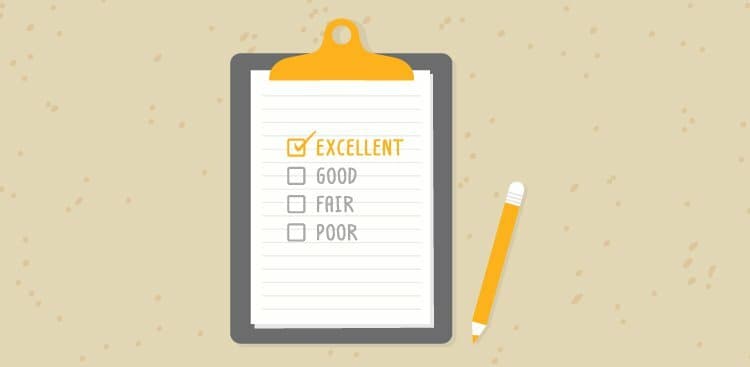You know you’ve hit rock bottom, career-wise, when curling up in a fetal position to “take a nap” (read: “quietly sob and hope nobody notices”) under your desk seems like a totally cool and normal thing to do.
Just to clarify: It’s not.
In my mid-20s, I hit my personal rock bottom. A couple of times. In a couple of places. (Hey, the underside of your desk isn’t the only place you can weep uncontrollably! Bathroom stalls, parking lots, during a job interview for a possible promotion—oh, there are so many options!)
Disenchanted with my career and craving more freedom, sovereignty, and flexibility, I started to look at my options (read: Google phrases like “I hate my job, help!”).
I quickly realized that in order to make a significant career shift, I needed some expert guidance. So, despite limited funds and a lot of uncertainty, I trusted my gut and hired a career coach.
I wanted to get the absolute most out of our time together. I’d invested a lot (both financially and emotionally) and I couldn’t afford not to get serious results.
So during our first meeting, I told her:
“Here’s what you need to know about me: I’m upbeat, I’m a hard worker, and most people like me. In fact, most people give me a lot of praise. But I don’t need more praise. I need you to tell me what I could be doing better, smarter, differently. I need guidance. I need direction. I need feedback.”
She said: “Roger. Light on praise, heavy on feedback. Got it.”
And over the course of our work together, feedback is exactly what I got.
Working with her was a crash course in asking for feedback—and getting it.
And once I quit my sob-inducing job and launched my own business, I had dozens (later, hundreds) of clients and customers who I needed to collect feedback from, too.
I’ve learned—the long, slow, and hard way—that simply asking people, “Do you have any feedback for me?” usually leads to vague, unhelpful answers. (If you even get an answer, at all.)
The secret to getting clear, helpful feedback is to give people clear, helpful prompts, so they don’t have to rack their brains, trying to pluck the right words “out of thin air.”
I’ve had tremendous success whenever I’ve prompted people with pre-written phrases, so all they have to do is “fill in the blanks.”
Phrases like these:
- The BEST thing about working with [your name here] is ___.
- The most challenging thing about working with [your name here] is ___.
- One thing that [your name here] could do differently—especially when it comes to [name of project]—is ___.
- If [your name here] could figure out how to ___, it would be tremendously helpful and would make our company a much better place.
- It’s not that big of a deal, but one thing I’d love to see [your name here] do a bit more of is ___.
- I’m constantly impressed by the way [your name here] handles problems like ___.
- In the future, I could envision [your name here] taking on a position like ___.
- To prepare for that kind of position, a couple of things that [your name here] could learn / practice / get more experience with would be: __, __, and ___.
- If somebody asked me to describe [your name here]’s personality in three words, I’d say: __, __, and ___.
- If somebody asked me, “What does [your name here] bring to [name of company]?” I’d say: ___.
You get the gist. And this week? You try it.
Grab two or three phrases from the list above (or make up your own), and ask your boss, your colleagues, or your customers and clients to fill ’em out, please and thank you.
Oh, and one last piece of advice:
Before you start firing out nifty fill-in-the-blank phrases and collecting observations, remember the wise words of author and former Harvard Business School professor David Maister:
“If you’re going to ask for feedback, be ready to change.”

